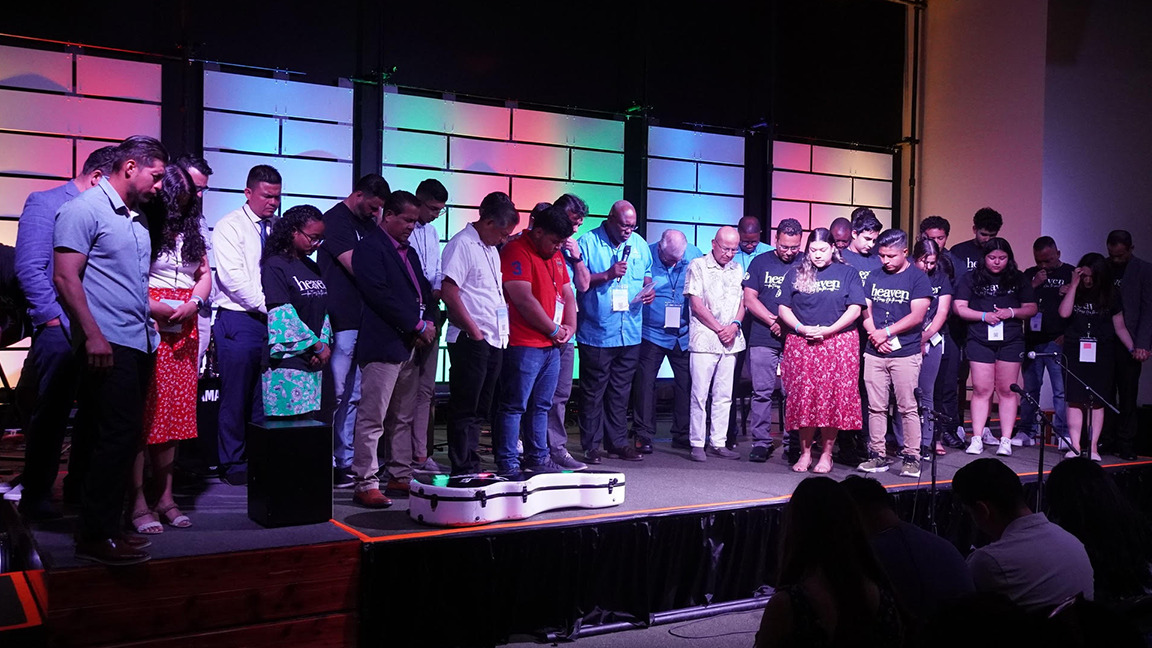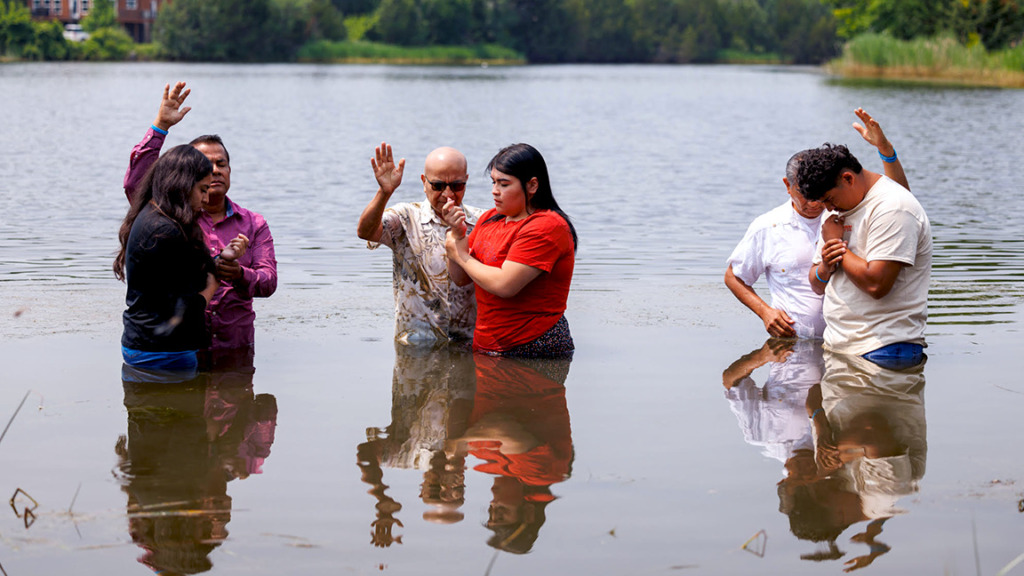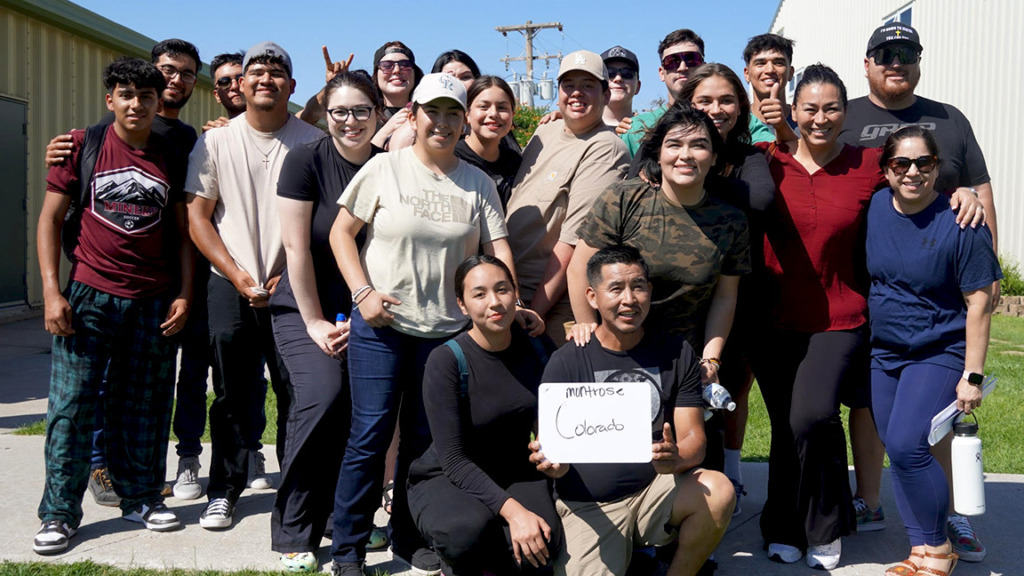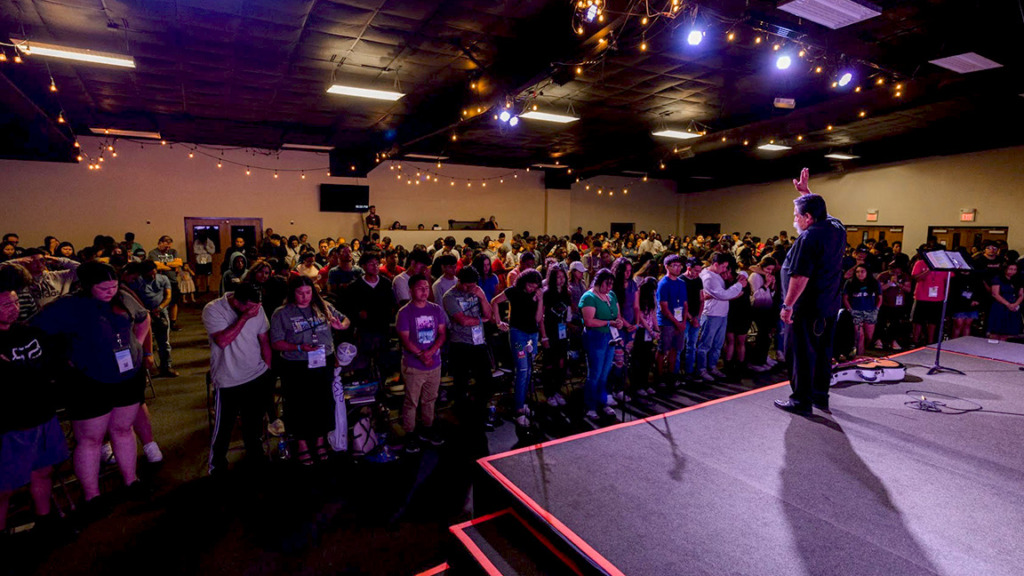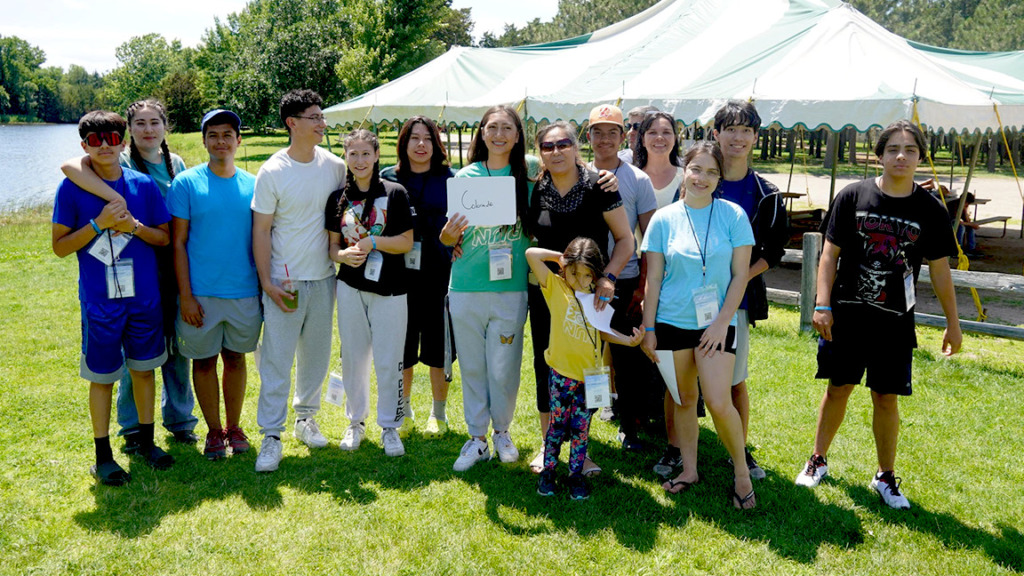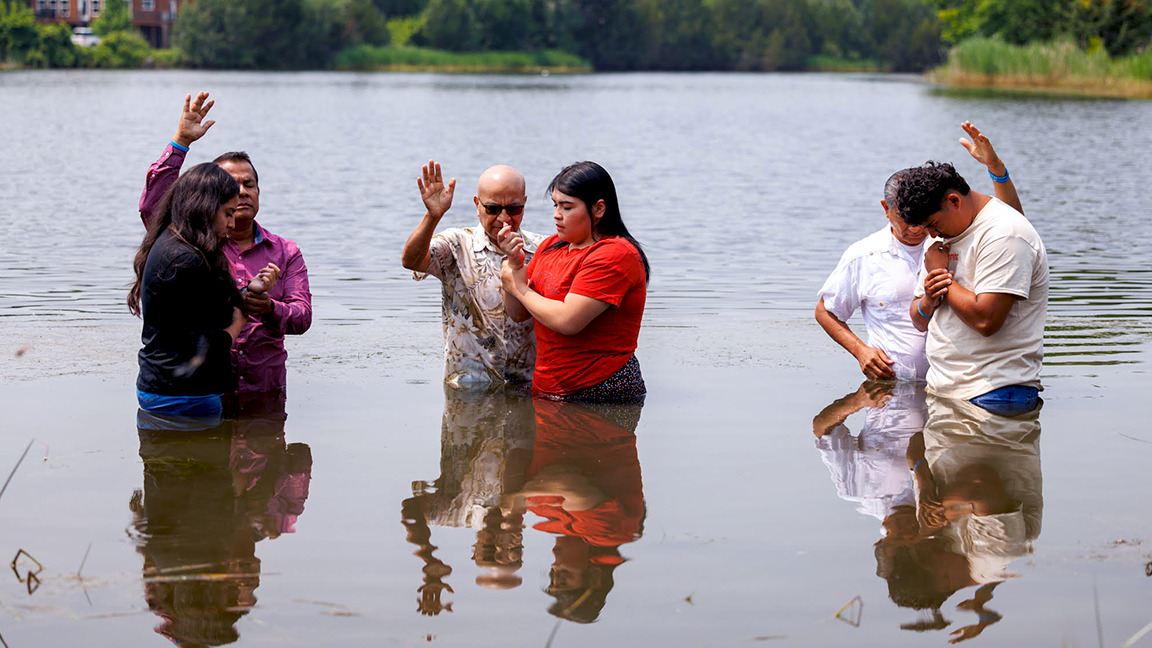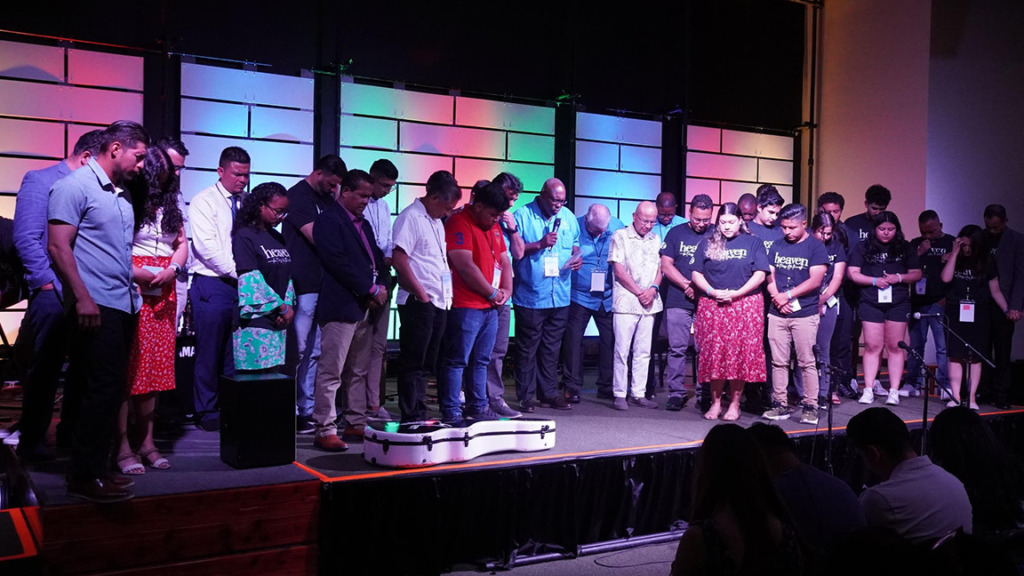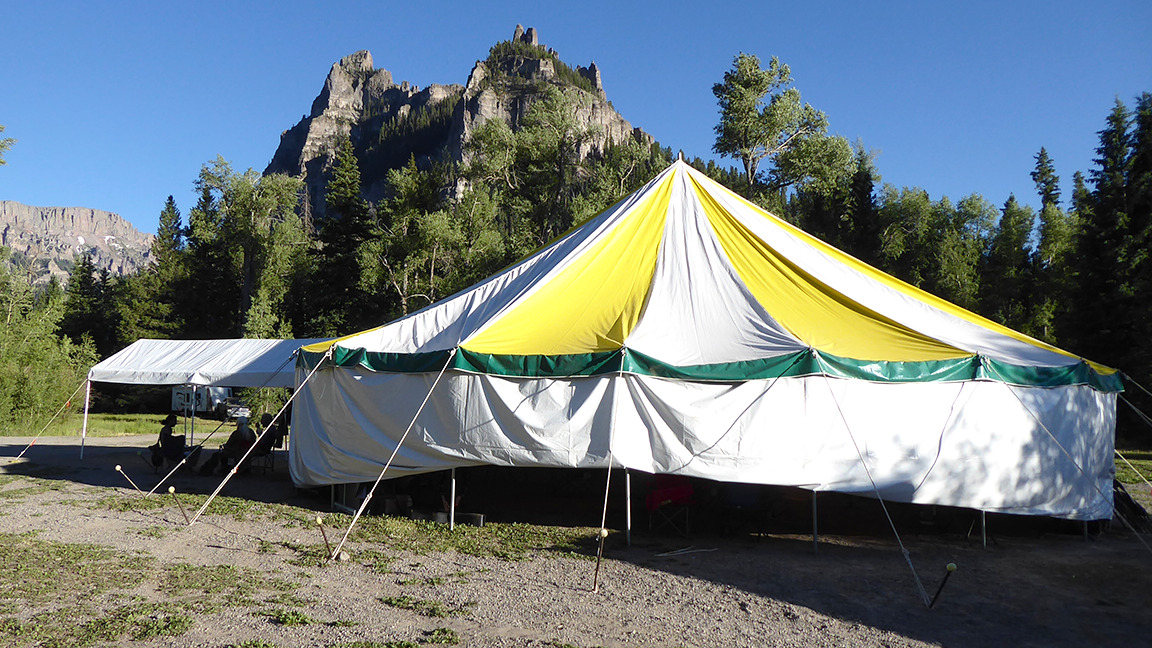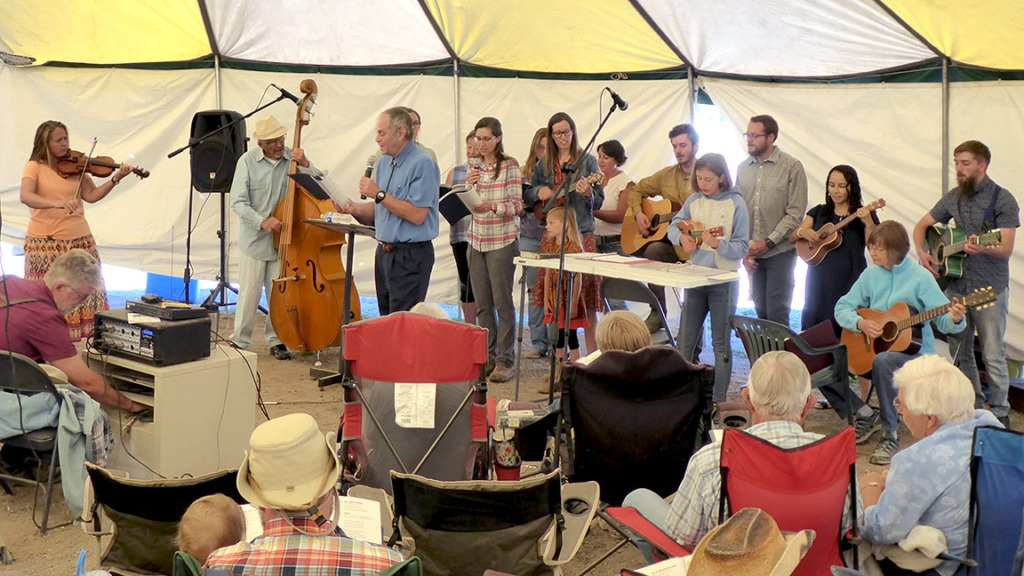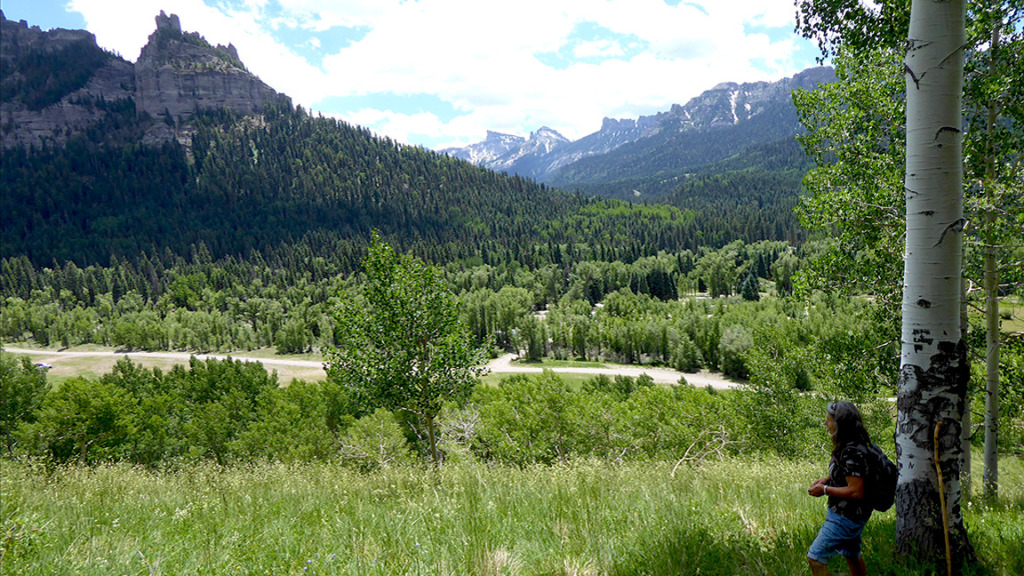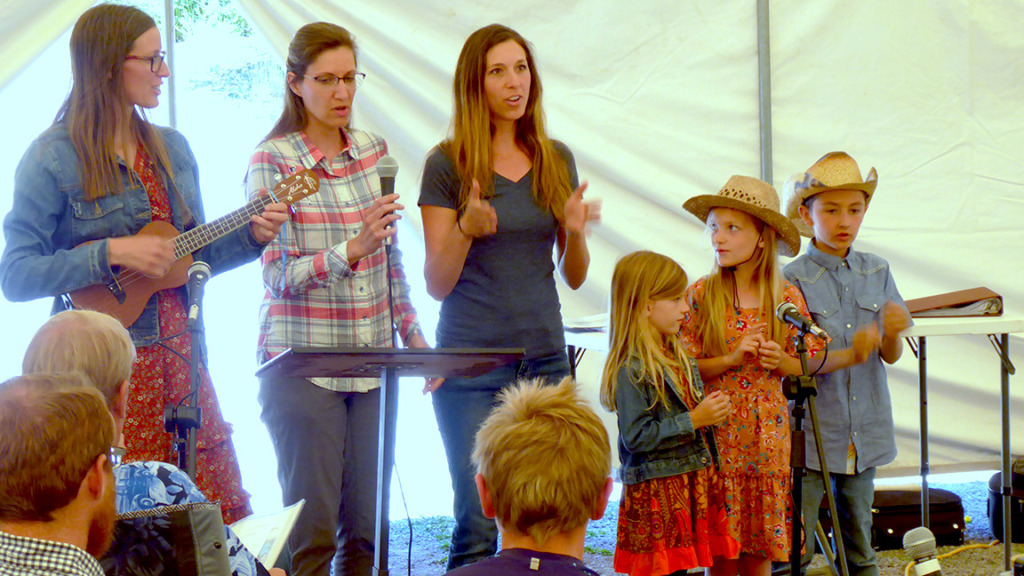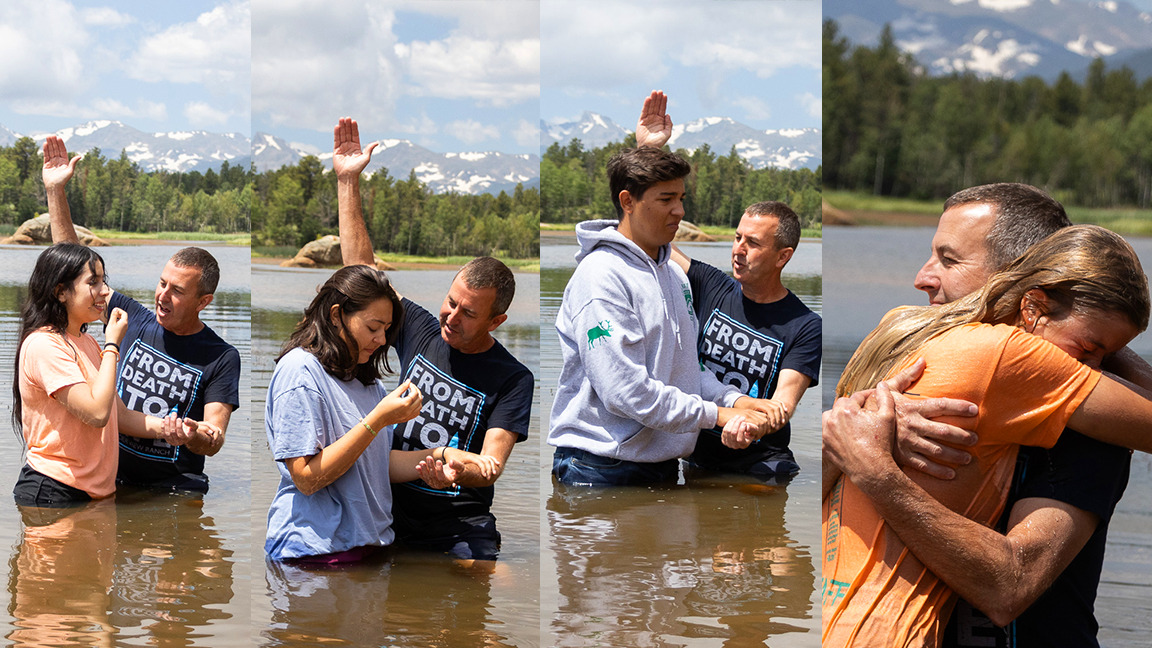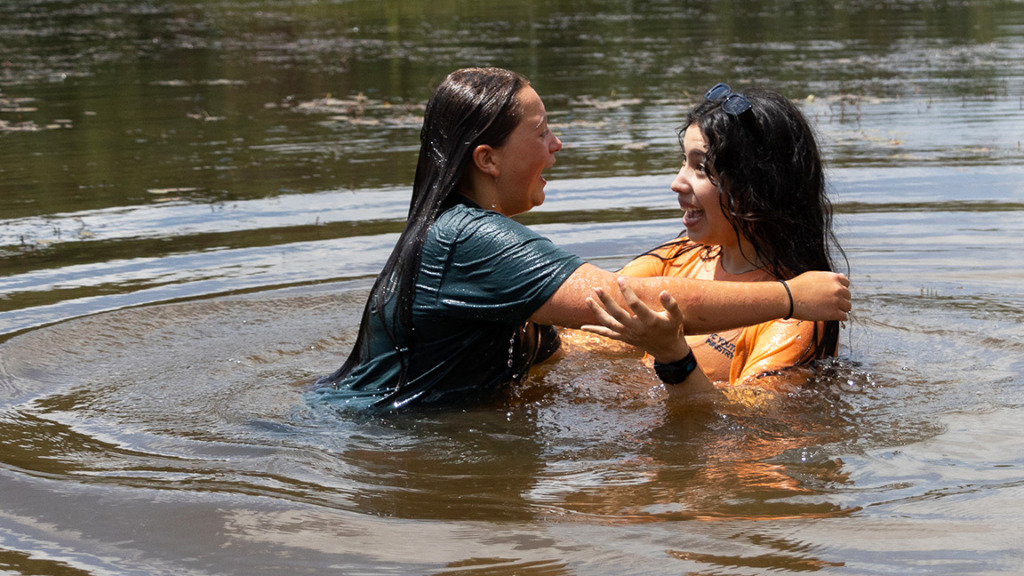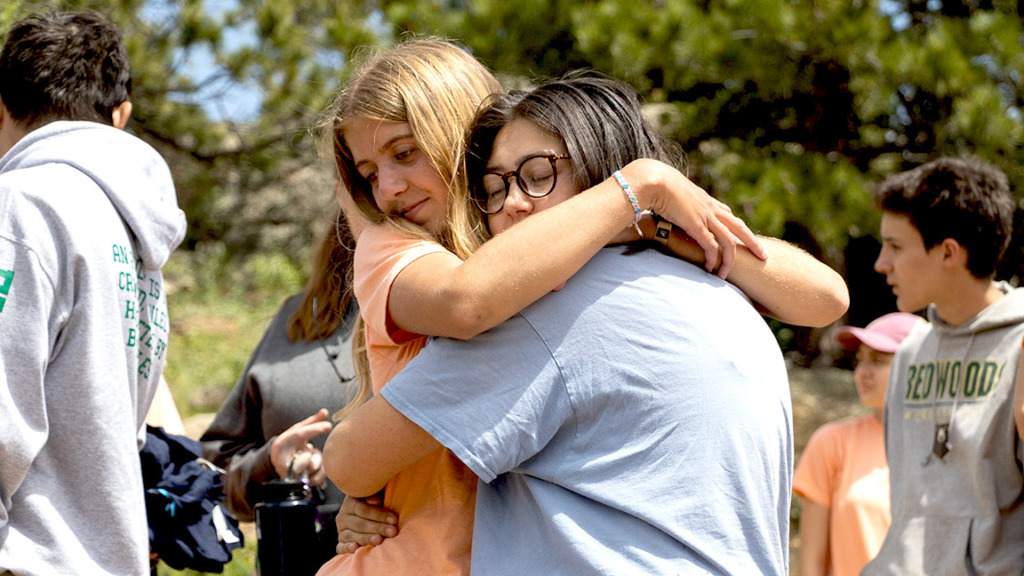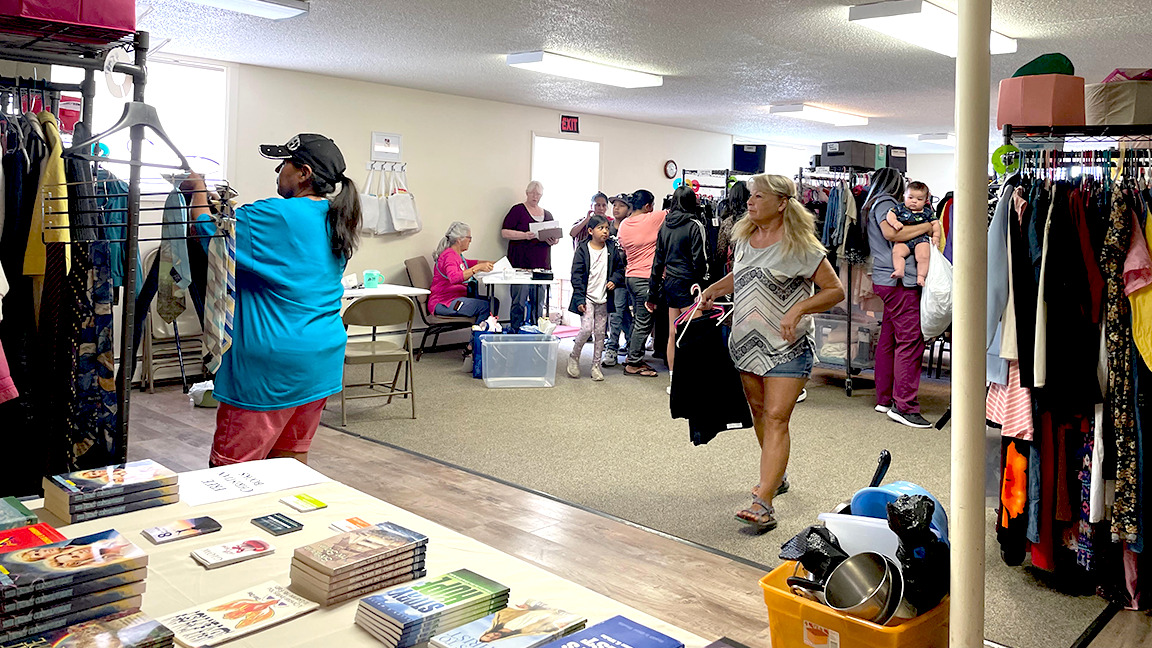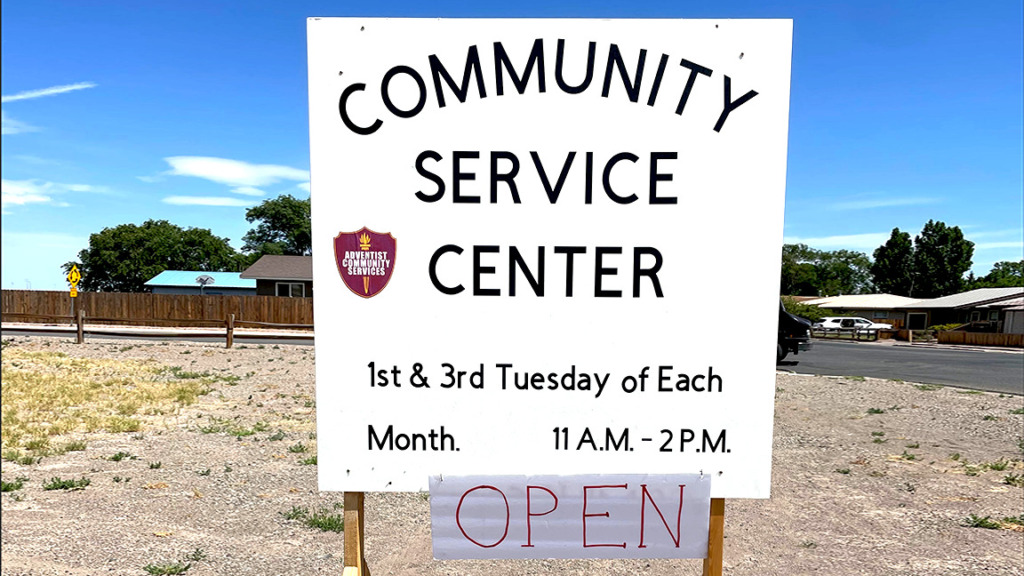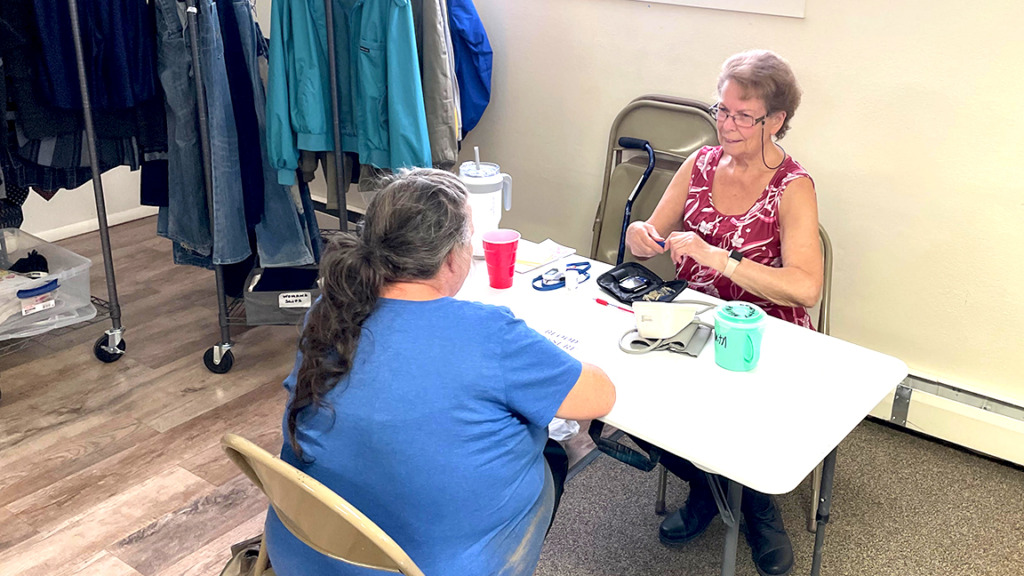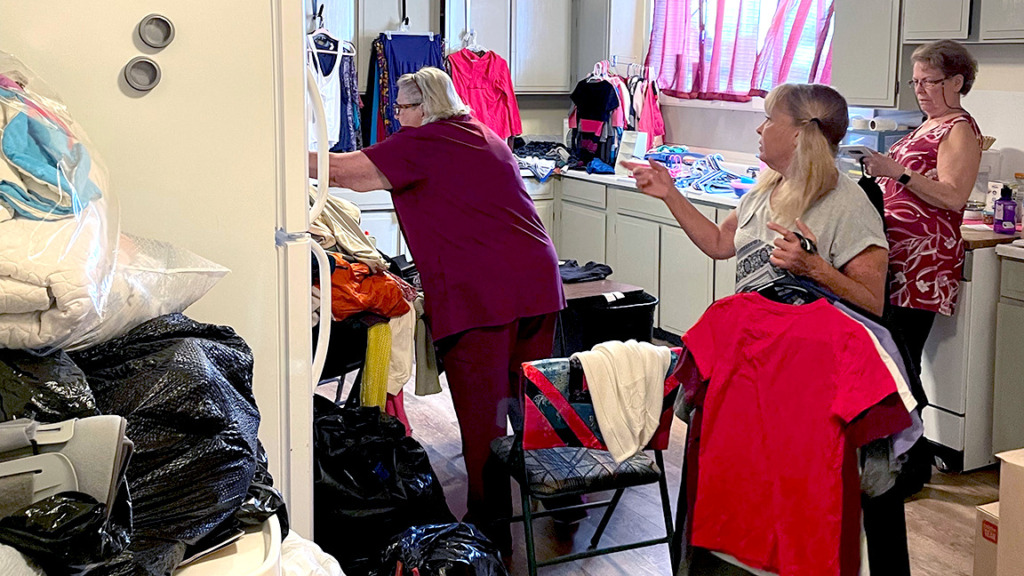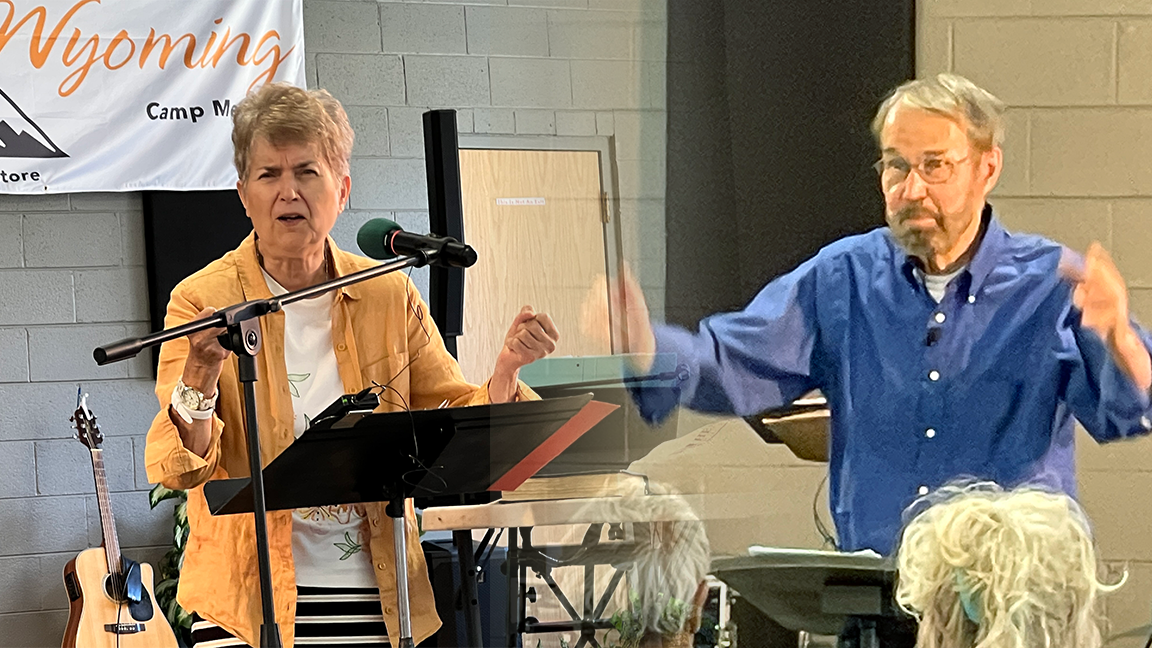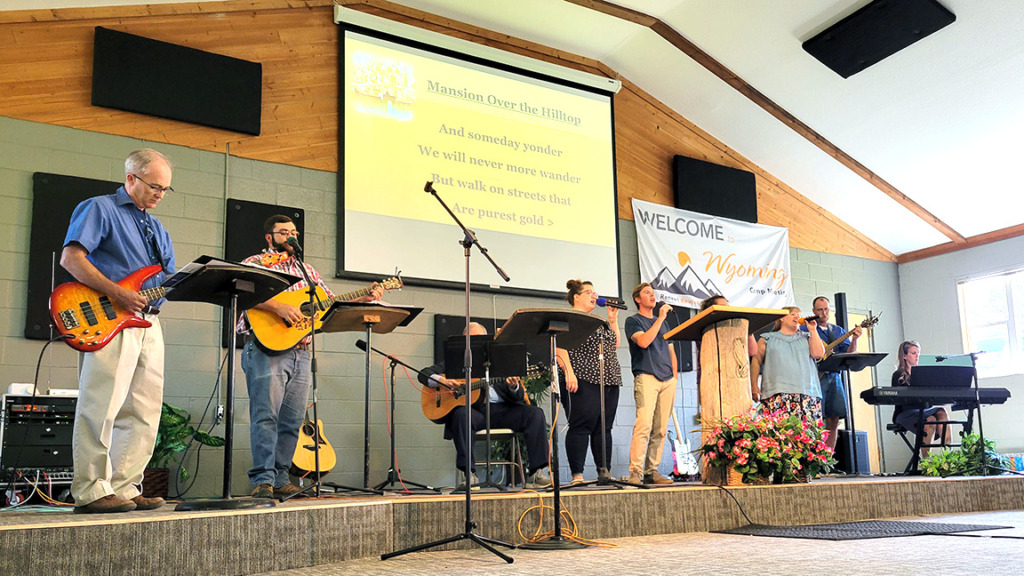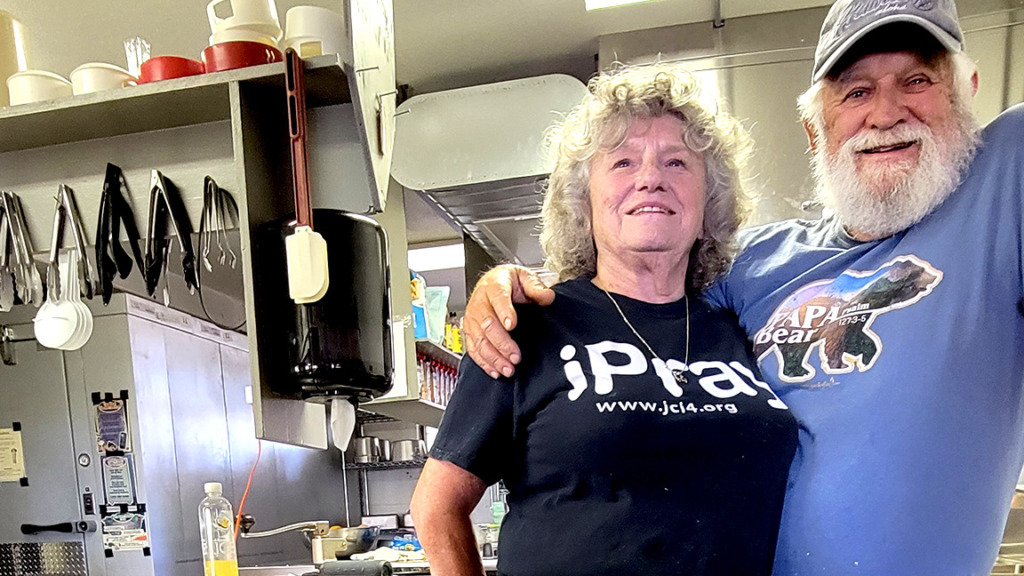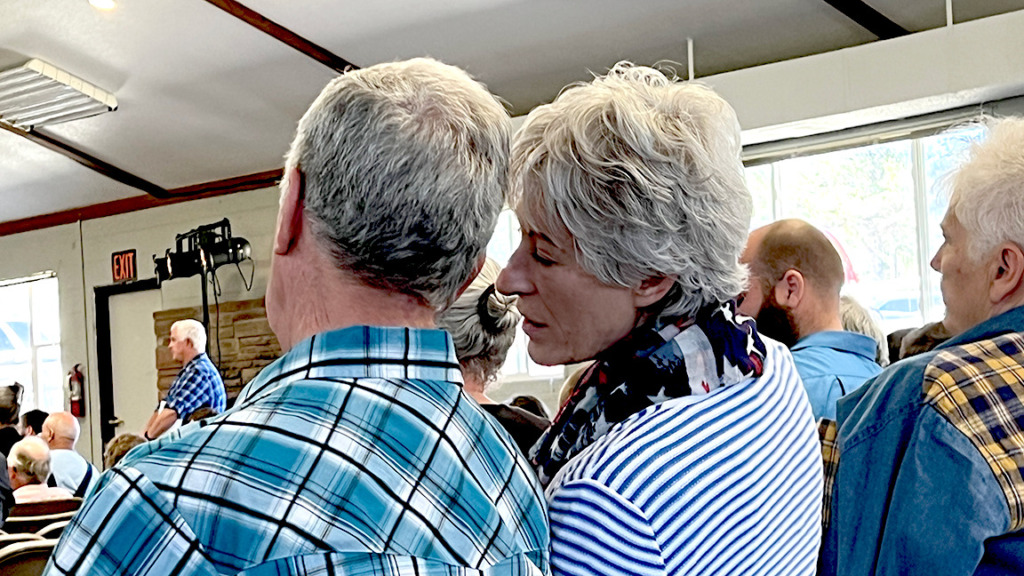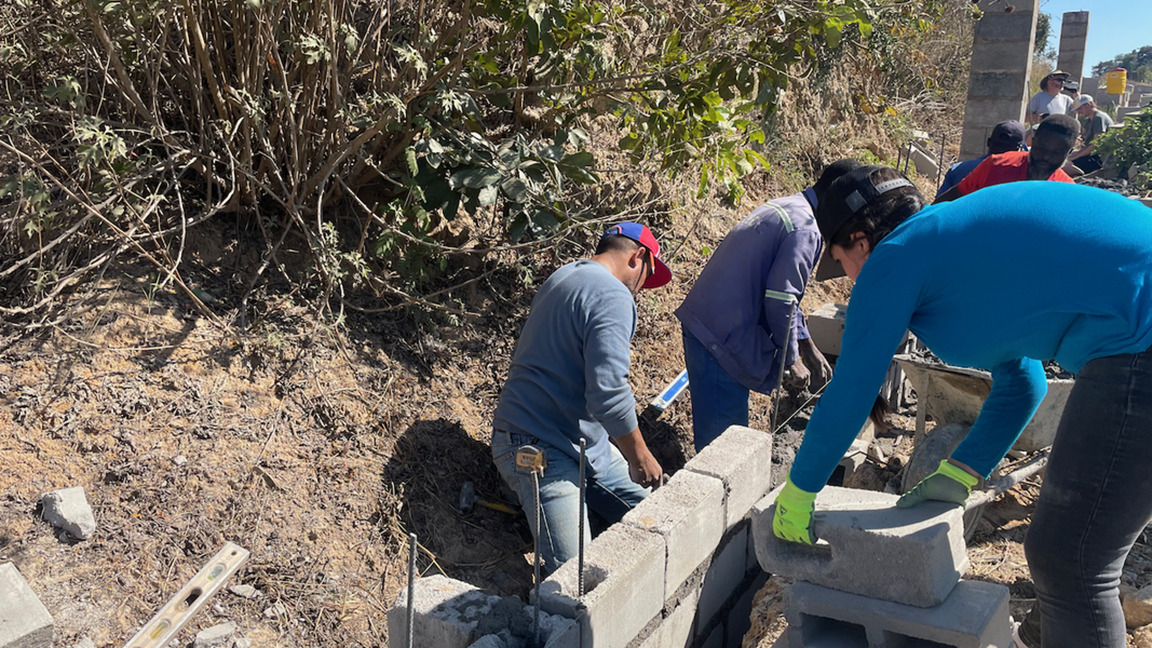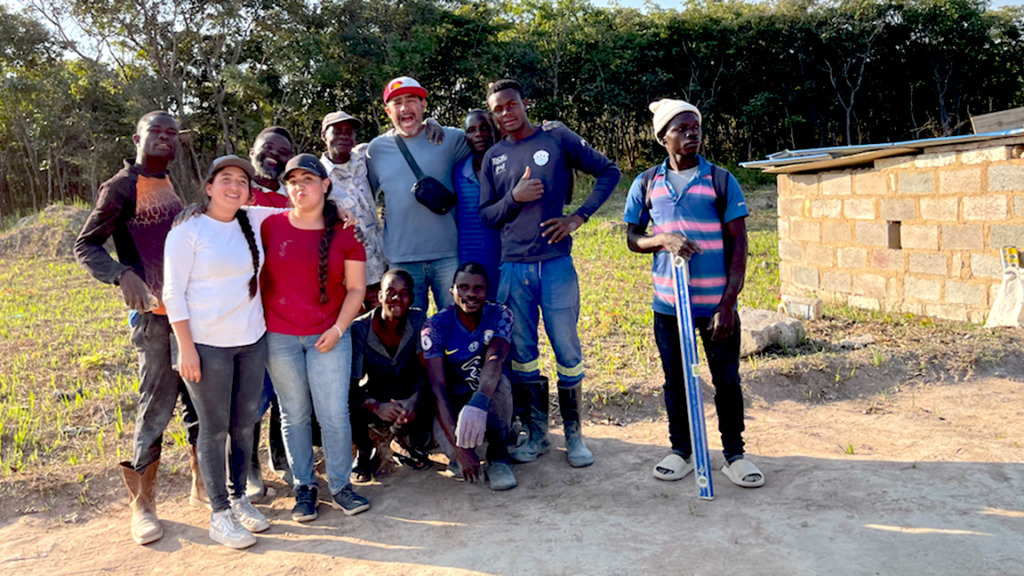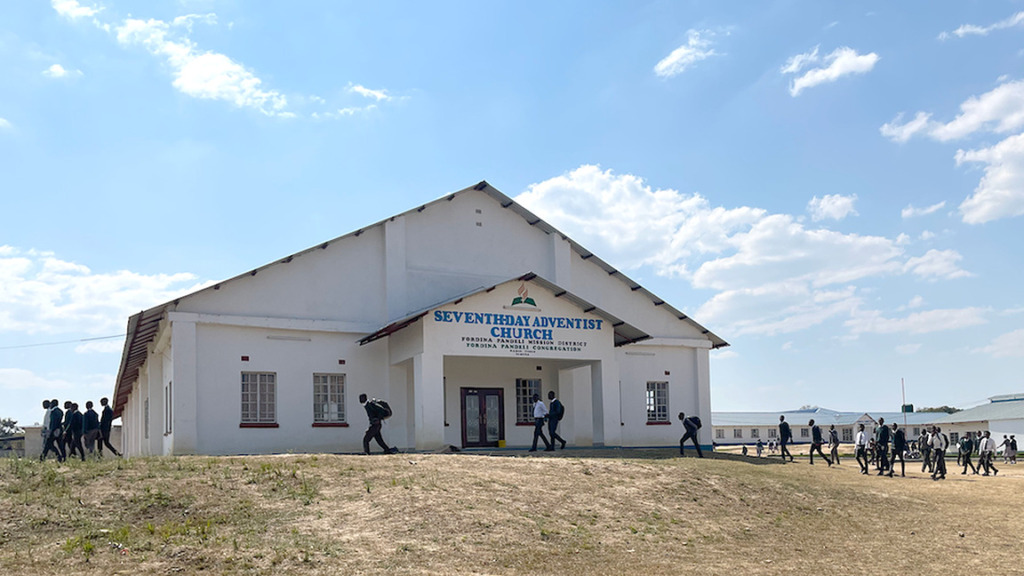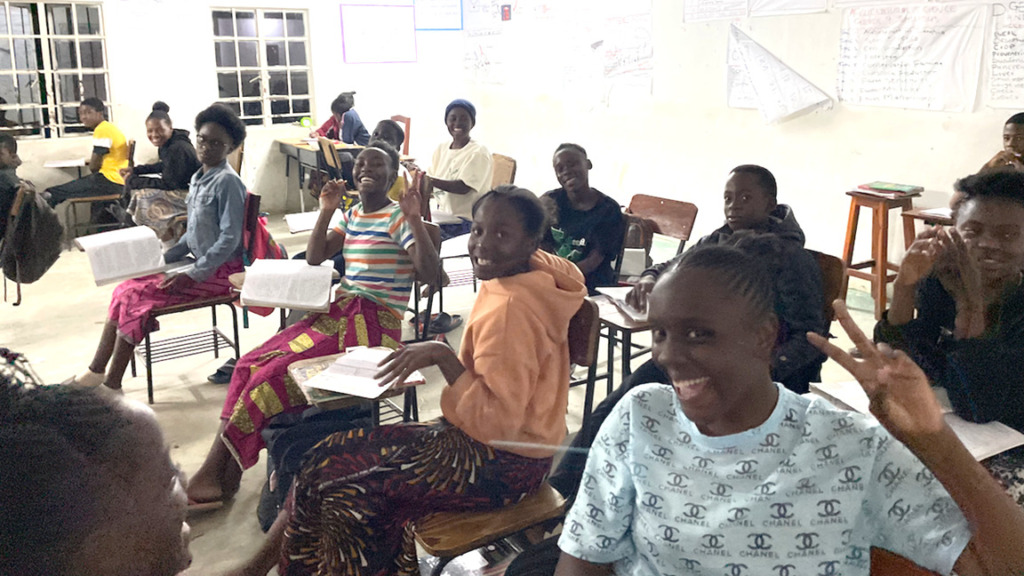Come with me into an English cathedral. There are over 40 of them in my country. Come with me into the one I know best: Salisbury Cathedral. And as we enter this great Anglican church, where worship has been offered by the faithful for many hundreds of years, allow it to speak to you a little about authentic Adventism. Listen to the cathedral.
As we enter, our voices drop to a whisper. We all immediately know that this is a different kind of space. A special space. Our whispers witness to a stillness. In his book The Sabbath, the Jewish philosopher and writer, Abraham Joshua Heschel, says that Jews do not build cathedrals in space; they build cathedrals in time. So too for Adventists. The Sabbath is our cathedral in time, a holy place. An intersection where God meets us. The Sabbath defines Adventist spiritual life (Fundamental belief #20). It takes us to the very heart of things … if we let it.
I read once that Sabbath people are rested people, and rested people are resourceful people. There’s truth in that. When we observe the true spirit of Sabbath, when do not rush around frantically simply to keep the religious show on the road, when we don’t allow the Sabbath to become a dull routine, when we don’t allow it to become just part of the weekend, we put ourselves in a place where we may be filled with the fullness of God (Eph. 3:19, NRSV)
Be still and know … (Psalm 46:10).
Even though this Anglican cathedral is a place of stillness, there is nevertheless a lot going on. Priests float noiselessly along the aisles. Volunteers work away at creating welcome. The notice boards tell of a multitude of activities which are part of the cathedral’s witness to the goodness of God (#22).
So too with the Sabbath. Rest does not necessarily mean passivity. It is stillness with a purpose.
Activities will stop briefly at midday when tourists are invited to pause for a short act of worship—probably “Our Father …” (#3), a word of welcome (#12), a brief reflection given by a vicar.
It is not only the stillness which first impresses. Your eyes will soon inevitably be drawn to the lofty vaulted ceilings. This space is immense. It speaks of God’s own immensity (#2). This English Gothic church is an important reminder to us that, all too often, we domesticate God. We create God in our own image. We make God serve our own agenda. Everything here reminds me that my God is too small.
How did they get those vaults up there centuries ago? It would be a great feat even with modern technology and engineering but in the mediaeval period …? It is a spectacular and costly act of creation (#6). It displays boundless imagination and vision. And dedication. And love. No doubt some of the masons, carpenters, and other labourers met their accidental deaths here—for this. My mind goes back to the opening chapters of Genesis: And God ventured to say: “Let us make man in our own image …” God’s audacious risk. Breath-taking vision.
We turn towards the nave and are confronted with a brilliant modern baptistery (2008). The water is continually flowing, and it is big enough to allow full adult immersion (#15). In baptism we are, for a moment, submerged, overwhelmed by the continuing generosity of God. Around the baptistery are inscribed the words from Isaiah 43: 1-2: Do not fear for I have redeemed you. I have called you by name, you are mine. When you pass through the waters, I will be with you. And through the rivers, they shall not overwhelm you. This is the heart of Adventism. Called by name. Water welling up to eternal life.
We proceed down the nave towards the East window. The Holy Scriptures always stand open on the lectern (#1). We arrive eventually in front of the altar, the area called the chancel or sanctuary. Until the 17th century, fugitives could flee to the sanctuary, and find a safe haven in front of the altar, holy ground, beyond the immediate reach of the law or their pursuers.
The sanctuary is the sacred place because of the belief that God is physically present in the Eucharist. We may differ over whether Holy Communion is about the actual or symbolic presence of Christ, but, at base, this broken-hearted celebration affirms that Christ has made our journey to God a safe one, which we can make in all confidence. With debates over prophetic times and symbolic meanings, the doctrine of the sanctuary (#24) has a controversial history in the Adventist church. Sadly, this has sometimes obscured the basic teaching—that we are safe with Jesus. This is my body given for you. This is my blood shed for you.
Look up and you will not see a contorted Christ figure on a cross. The cross is empty. He is risen, risen indeed! Alleluia! (#9) A cross bearing a crucified Christ reminds us that we are hopelessly sinful. The empty cross, Jesus liberated by the resurrection, calls us to life with an altogether new quality. It calls for engagement with others. It calls us to responsibility. The occupied cross can lead us to a kind of passivity. We sometimes emphasize Good Friday at the expense of resurrection Sunday. No! The cross is empty. The tomb is empty. He is risen!
While there may be many representations of Christ in church, it is more difficult to represent the Holy Spirit. But if you look up now you will see a flame flickering in the sanctuary lamp—a sign of the eternal presence of Christ with us in the Holy Spirit (#5) The wind blows where it wills … So it is with the Spirit. Sometimes we forget this and believe that the Spirit is only active where our church has a presence. Sometimes we speak as if the Holy Spirit is a kind of fuel which we use to do our work. Nothing could be further from the truth. The wind blows where it wills …
There’s more to see. On one of the aisles, there are a couple of chantries. They are like very small chapels within the cathedral. They were built as places where prayers could be said, masses sung for a very wealthy patron, a lord of the manor. They are based on the idea that you can intercede for the souls of the dead, at least the very rich dead. And that you can earn merit by sheer effort (#10). This is in stark contrast to the more biblical teaching held by Adventists that when you are dead, you are dead. Ashes only (#26). While the idea of an expectant sleep may give solace to the dying, it is not an immediately comforting teaching for those who survive.
For that, you need to go to the return of Jesus. You will have to look harder to find evidence of the doctrine of the second coming of Christ as cherished by Adventists (#25). The traditional teaching of the established church, based on fear of hell, gave it power and leverage. No church can prosper when fear is the underlying motivation. Adventism at its best is clear about this. Sadly, some expressions of Adventism trade in fear. Even so, come Lord Jesus.
Some of the stained glass is mediaeval, mostly representing scenes from the life of Christ. The windows were the ancient version of a multimedia show. The dazzling windows were a vital means of indoctrinating the illiterate majority. Adventists are undeniably good at multimedia communication of the gospel. We are less good at what you find in the Trinity Chapel behind the altar. Its modern stained glass and superb tapestry call us to think about Prisoners of Conscience around the world (1980). We are less good at fighting for justice. We fear political entanglement unlike some of our abolitionist pioneers.
There’s a rare copy of the Magna Carta over in the chapter house. The document is an affirmation of the rights of ordinary folk against hierarchies which so easily overreach themselves and oppress. There’s no time to visit the cloisters where scholars spent long hours on Bible study. They were highly valued. In our church, the scholars have sometimes been regarded as an irritating presence.
It’s time to leave. We exit by the huge West door which admits all who will come. Without condition. Do we sometimes impose conditions on who can come?
The cathedral has been a long time in the making. It inspires me to seek greater faithfulness to God within my own community. In this great church, you will hear whispers of God. This voice from beyond our familiar Adventist experience witnesses authentic discipleship … if we let it.
We take one long last look at the spire. I once heard a guide say that, in strong winds, the spire may move as much as 4 feet—it seems unbelievable. But the metal rods inside the masonry give the spire a flexibility which allows it to stand so nobly. Such agility brings strength. The spire points me away from myself, upwards, outwards. To God.
The test of authentic Adventism is that it will help you, just for a moment, to touch eternity.
Michael Pearson is Principal Lecturer Emeritus at Newbold College in the U.K. For many years he taught topics in ethics, philosophy, and spirituality. He and his wife, Helen, write a weekly blog pearsonsperspectives.com Email him at: [email protected]

